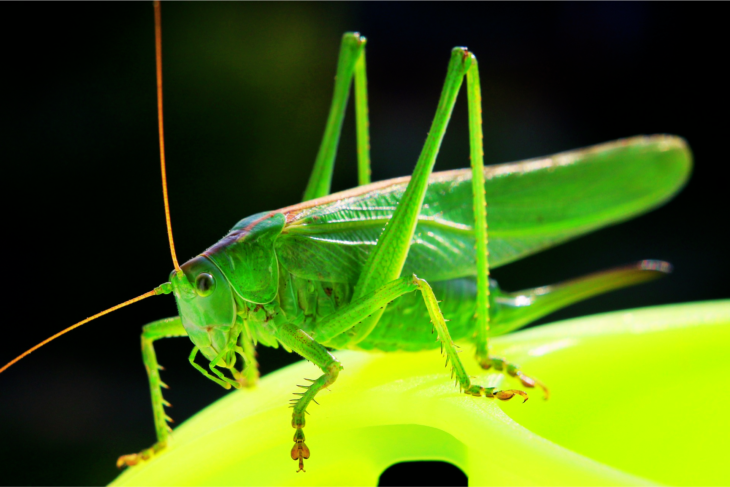The invention of plastic improved human lives in many ways, but it has also created a lot of waste. Plastic waste can take centuries to fully break down, leading to long-lasting pollution of the land and sea. So far, research has discovered many species of bacteria that can break down plastic, but industry has not scaled this process up. Plastic also has to be clean and uniform to be recycled, making recycling complex and difficult. Many people and industries are working to reduce the amount of new plastic made, but what can we do about the plastic that is already here?
This question is what drove the recent research by Sehroon Khan and his team. Several previous studies have shown that certain species of insects can eat plastic. Unlike recycling machines, insects can consume plastic that is non-uniform and potentially dirty. As new as plastics are, insects have been breaking down compounds with similar structures for millions of years.
Polyurethane is a common plastic used for insulation that can’t easily be recycled. The team knew from those previous studies that many common insects would eat plastic when it was available in tiny pieces and they had no other food, so they tested how much polyurethane adult crickets could eat. They took 300 crickets, the kind people normally feed to pet reptiles, and fed half of them a conventional diet and half of them sterilized polyurethane foam with supplemental protein and vitamins. They monitored how many crickets survived and calculated how much plastic they ate after 18 days.
Khan also read other studies that measured how much plastic different insect species could eat and grouped them by the kind of plastic – polyurethane, polyethylene, polystyrene, or polyvinyl chloride. They found that superworm, wax moth, and yellow mealworm larvae could eat polyethylene, with wax moth larvae eating the most per day. Wax moth larvae also consumed the most polystyrene per day, followed by dark mealworm larvae, then yellow mealworm larvae. Crickets and superworm larvae also ate some polystyrene, but less than the other three.
They were only able to find one study that quantified how much polyvinyl chloride insects could eat, and the insect studied was yellow mealworm larvae. There was also only one study that precisely measured how much polyurethane insects could eat – this one by Khan and his team – indicating that these two plastic types need more research. The crickets ate a small amount of polyurethane compared to other insects on other plastic types, which could mean it is the most difficult kind of plastic for insects to break down or that crickets aren’t the best bug for the job. The researchers pointed out that there are more studies that have documented other bugs eating plastic, but the amounts they ate were not measured.
Kahn and his team also isolated bacteria and fungi from the digestive system of the crickets that survived on the polyurethane foam. The authors explain that insect gut bacteria is known to break down plastic, but no one has studied this ability in gut fungi. They also say it may be possible to improve insects’ plastic-eating abilities by fortifying their digestive systems with known plastic-eating fungi and bacteria.
The studies gathered by Khan and his team show that the amount of plastic these insects can eat is small. As many of these insects are raised in huge numbers all over the world as food for other animals, feeding them even a small percentage of plastic would add up in the long run. Most current research on breaking down plastics is focused on using microbes to turn it into CO2, but this doesn’t provide protein (a valuable product to people) in the end, unlike feeding plastics to insects.
Do the insects fully digest the plastic or does it remain as microplastics within their bodies? Scientists do not yet know. Microplastics are already everywhere, and feeding insects containing microplastics to other animals would only increase that spread. Would it be more efficient to isolate the bacteria within the insects’ guts and use those bacteria to break down the plastic without involving insects? Insects demand more space and care than bacteria would, so this is an important question to consider.
Lastly, the authors wondered if there are insects out there, maybe living in or near landfills, that have gotten better at digesting plastic compared to the widely available insects tested in these studies. Whatever the future brings, plastic as a concept is here to stay. Until we can make plastics that degrade quickly and simply, maybe insects can help by taking a big bite out of our mountains of plastic waste.


